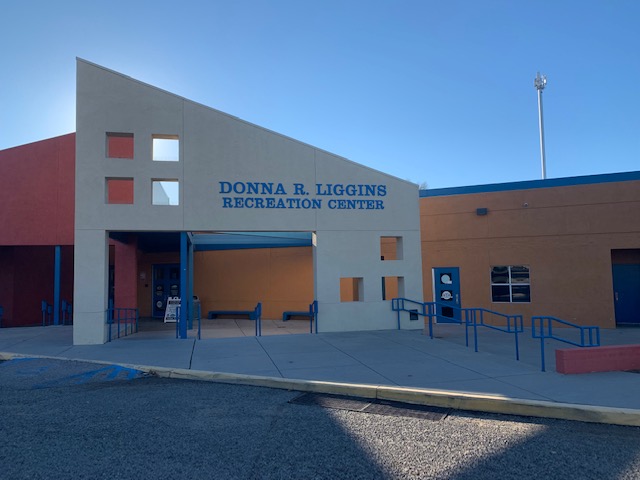Janet Harmon Bragg was an American amateur aviator. From her humble beginnings, she became the first African American woman to earn a private pilot’s license in the United States in 1934 and, in 1942, the first African-American woman to hold a commercial pilot license. (Bessie Coleman did earn a pilot’s license but went to France to do so.)
An aviation pioneer, Janet Harmon Bragg, broke barriers and soared to heights in the early 20th century. Her legacy, marked by courage and determination, continues to inspire generations. She moved to Tucson, Arizona,from Chicago due to her husband’s pulmonary illness and brought in tow her nephew, Clarence Harper, whom she had been raising, and was also there for his son, Clarence Harper, Jr., who both still reside in Tucson.
Ms. Harmon Bragg had an extraordinary life story, one of resilience, determination, and groundbreaking achievements. Born in Griffin, Georgia, on March 24, 1907, she faced numerous obstacles due to her gender and race but ultimately left an indelible mark on aviation history.























